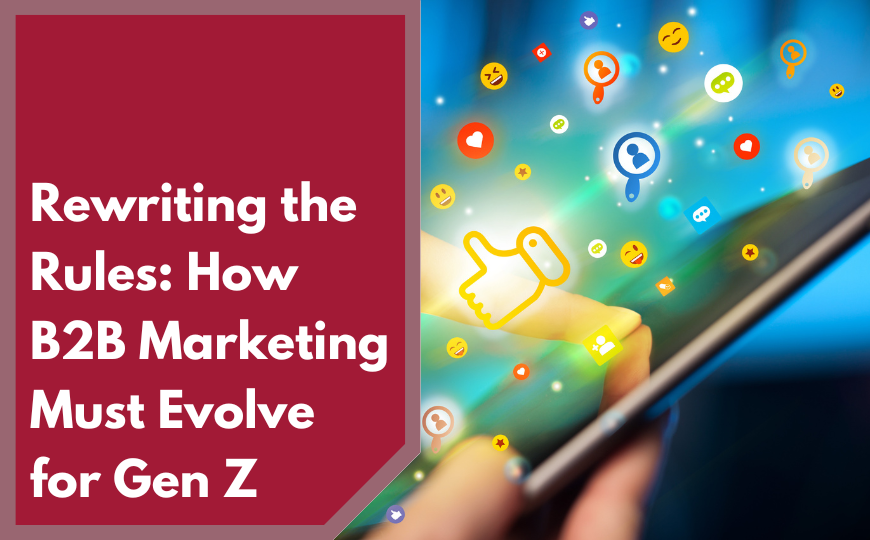From time to time, team members will share their views stimulated from a piece by an industry thought leader. Here, our CEO, Lisa Maier, discusses a Brand Strategy Insider article by Jerome Conlon,“ How Brand Culture Drives Brand Dominance.”
We began our DirectiveGroup journey just over eight years ago. At the time I started the company, I was interested in accomplishing two things: 1) to “create significant results (through digital marketing) for significant companies” or, said another way, help companies that had something of meaning and value reach people who really needed their offerings, and 2) create an environment where all contributors could co-create a meaningful work experience (in a primarily distributed, virtual environment).
I’ve learned and continue to learn that this is very much about the choices we make, the things we say ‘yes’ to and the things we say ‘no’ to each and every day. Collective and individual choices in a very active system where there is no direct oversight… it is an interesting experiment, and one that – it turns out – very much hinges on the culture we create. The environment that guides our frame of reference, our mindset and the choices we even consider. We must make explicit the implicit, and our movement forward must be living and not dead, constantly being shaped and refined as our “why” clarifies.
The question always arises about how to make the decisions that form our company, and that will move us successfully forward to market leadership. From that perspective, the corporate executive has a lot to learn from a successful brand strategist.
This article is interesting to me because it focused on how brands that achieve hyper-success in the market really also must focus on their culture in such a way that the things the people who work there think differently than their more staid competitors. It focuses on the case study of a clear underdog that disrupted a market and then went on to become the undisputed market leader.
To reach this objective, Conlon suggest that ‘Cultural Protagonism’ was a key factor in Nike’s success. Simplified, the idea is to focus your company on cultural characteristics that combine ‘clear seeing’ with ways to ‘look laterally’ for vison, such that everyone in the company is able to “skate to where the hockey puck will be.” I do think that brilliant brand strategists do have a lot to tell us about creating a winning company culture.






